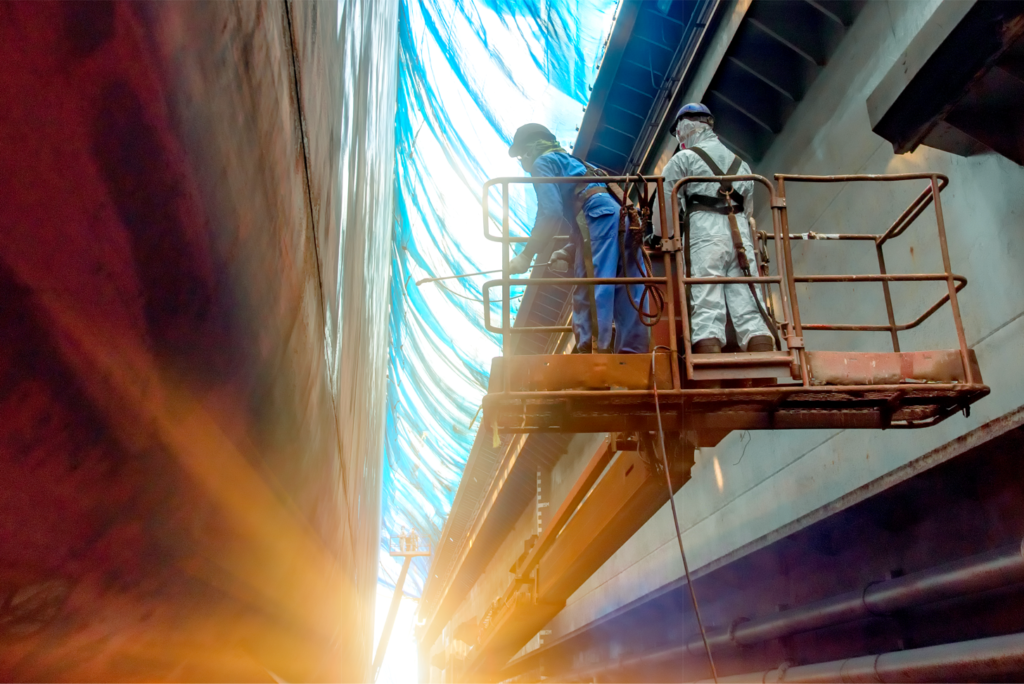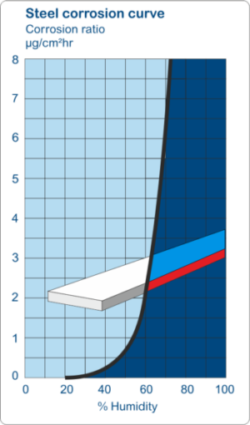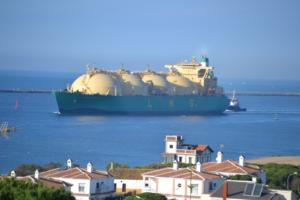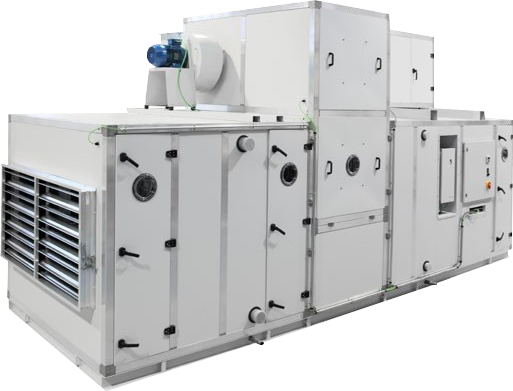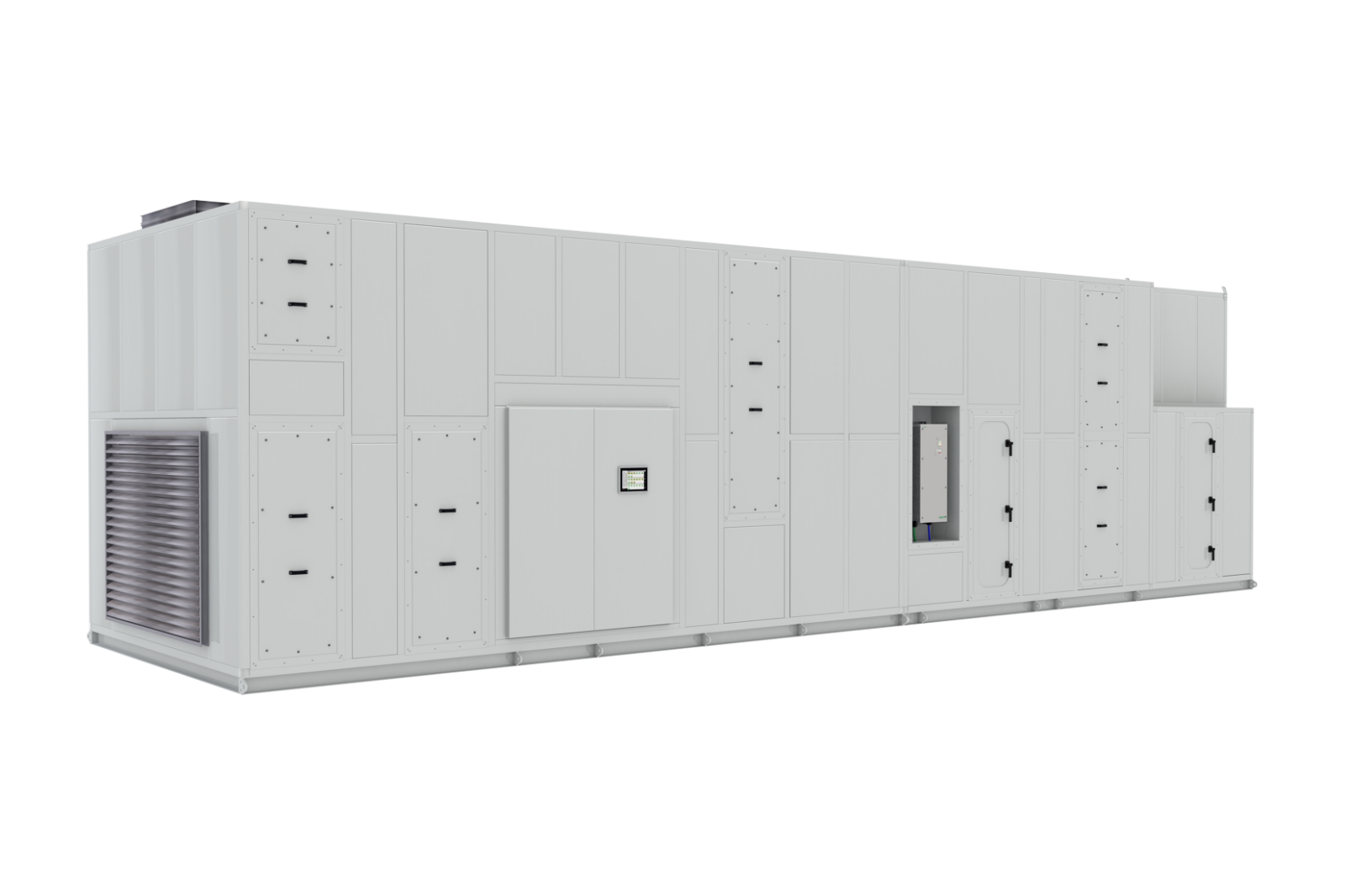-
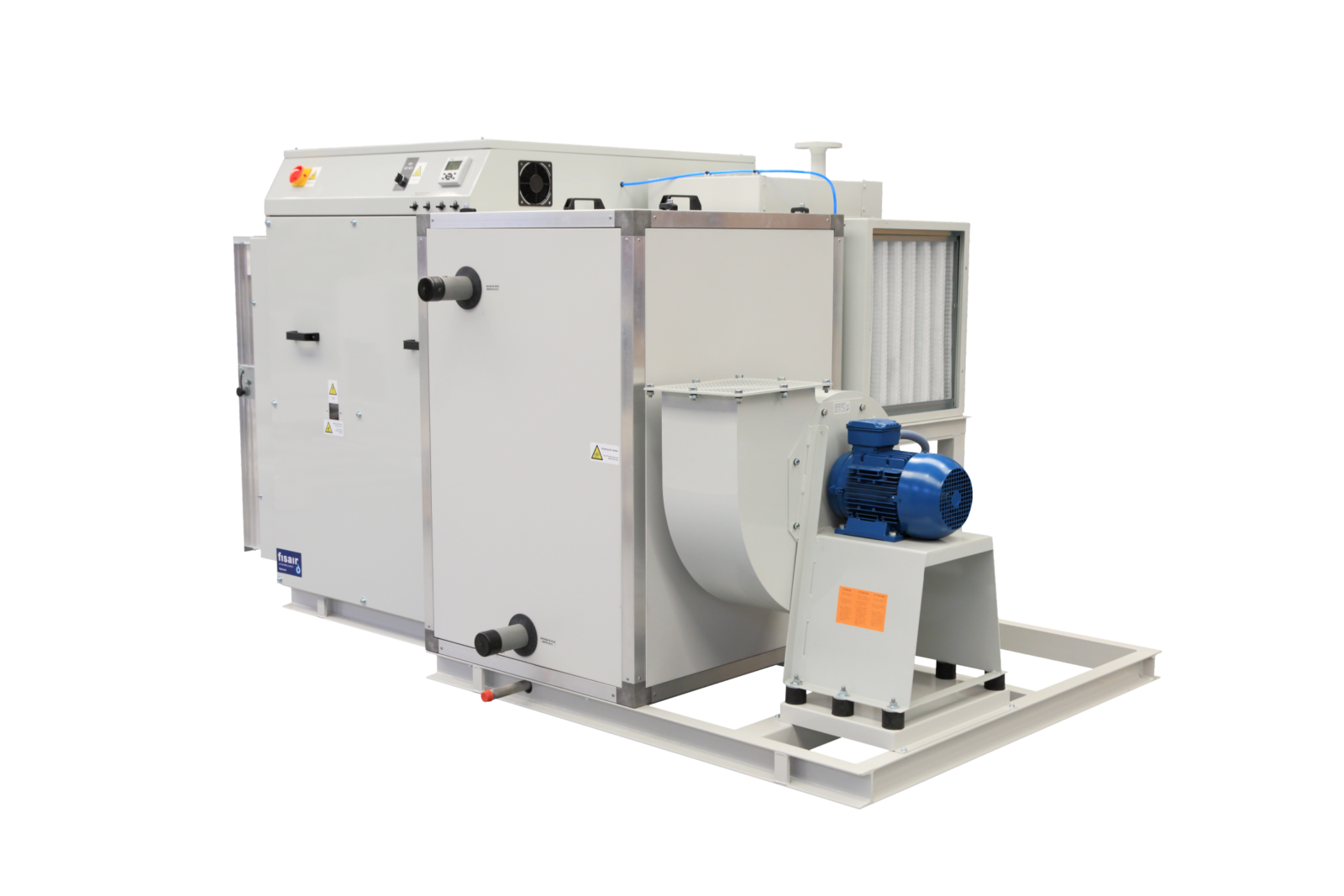 A wide range of Solutions. Highly reliable units with drying capacities from 4 to 42 kg/h and dry air flows from 450 to 6.000 m3/h.
A wide range of Solutions. Highly reliable units with drying capacities from 4 to 42 kg/h and dry air flows from 450 to 6.000 m3/h. -
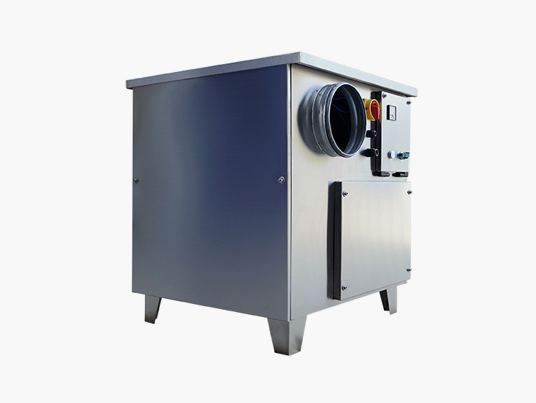 The compact solution. The B series made from stainless steel provides a range of highly compact, robust and portable dehumidifiers for use in the most demanding applications while meeting high reliability and low energy consumption needs.
The compact solution. The B series made from stainless steel provides a range of highly compact, robust and portable dehumidifiers for use in the most demanding applications while meeting high reliability and low energy consumption needs. -
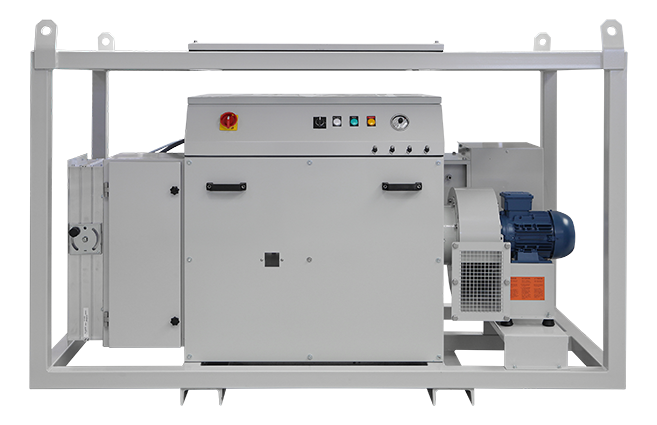 Mobile and heavy duty drying. Series aimed at temporary drying with a robust chassis and finish to protect against corrosion. Ideal for surface treatment and rental applications.
Mobile and heavy duty drying. Series aimed at temporary drying with a robust chassis and finish to protect against corrosion. Ideal for surface treatment and rental applications. -
 The compact solution. This range completes the B series with an additional fan to increase the specific drying capacity and the available wet air pressure.
The compact solution. This range completes the B series with an additional fan to increase the specific drying capacity and the available wet air pressure. -
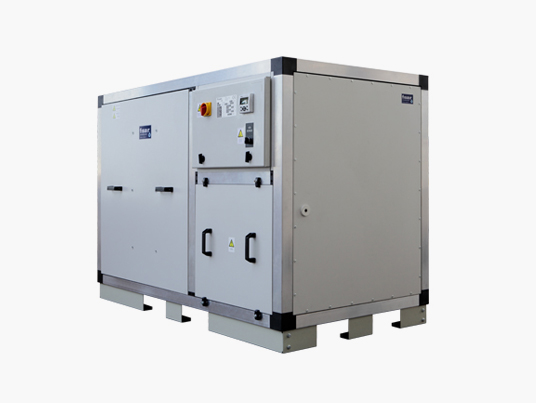 Ice-free energy lossless. Units designed to reduce humidity in refrigerated areas and proceses. Leader in its field in terms of its thermal insulation, robust design and energy efficiency.
Ice-free energy lossless. Units designed to reduce humidity in refrigerated areas and proceses. Leader in its field in terms of its thermal insulation, robust design and energy efficiency.
Why is a dehumidifier system important for anti-corrosion paint application
In the marine industry or in other industrial sectors where bare metal parts are exposed to the weather, different layers of paint must be applied to exterior steel to protect it from corrosion. Prior to the application of paint, however, the sand blasting process must be performed.
Sand blasting is a dry process of cleaning and surface preparation of metal products. It consists of projecting a high energy jet of sand onto a metal element to remove from its surface any metal oxides, traces of sand in the castings, paints, grease, and other unwanted components. Generally, this process is intended to obtain a clean and rough surface on which to subsequently perform other treatments for its protection.
High humidity is not suitable if you want to avoid corrosion of the substrate surface during and immediately after this abrasive cleaning. The white steel resulting from the abrasion process is highly susceptible to oxidization and requires a relative humidity of less than 40% to ensure that the steel remains corrosion free.
One method sometimes used to reduce relative humidity while performing abrasive cleaning is to heat the surrounding air. While this reduces relative humidity (%RH), it doesn’t actually remove water or reduce the water content of the air. In fact, heating the air will allow you to retain more water before saturation. Dehumidification, on the other hand, effectively reduces the moisture content of the air, providing a better solution.
Using a desiccant dehumidifier to introduce dehumidified air into your sandblasting enclosure will significantly reduce RH, which in turn will decrease the risk of oxidation. Reducing moisture to less than 50% relative humidity will allow you to keep the blasted areas of steel uncoated for days, reducing the need to clean and paint immediately after each blasting, meaning you can keep cleaning longer and meet production goals more quickly.
Among the many air-drying processes, desiccant rotor technology has been shown to best combine the highest application range with the lowest installation and operating costs.

